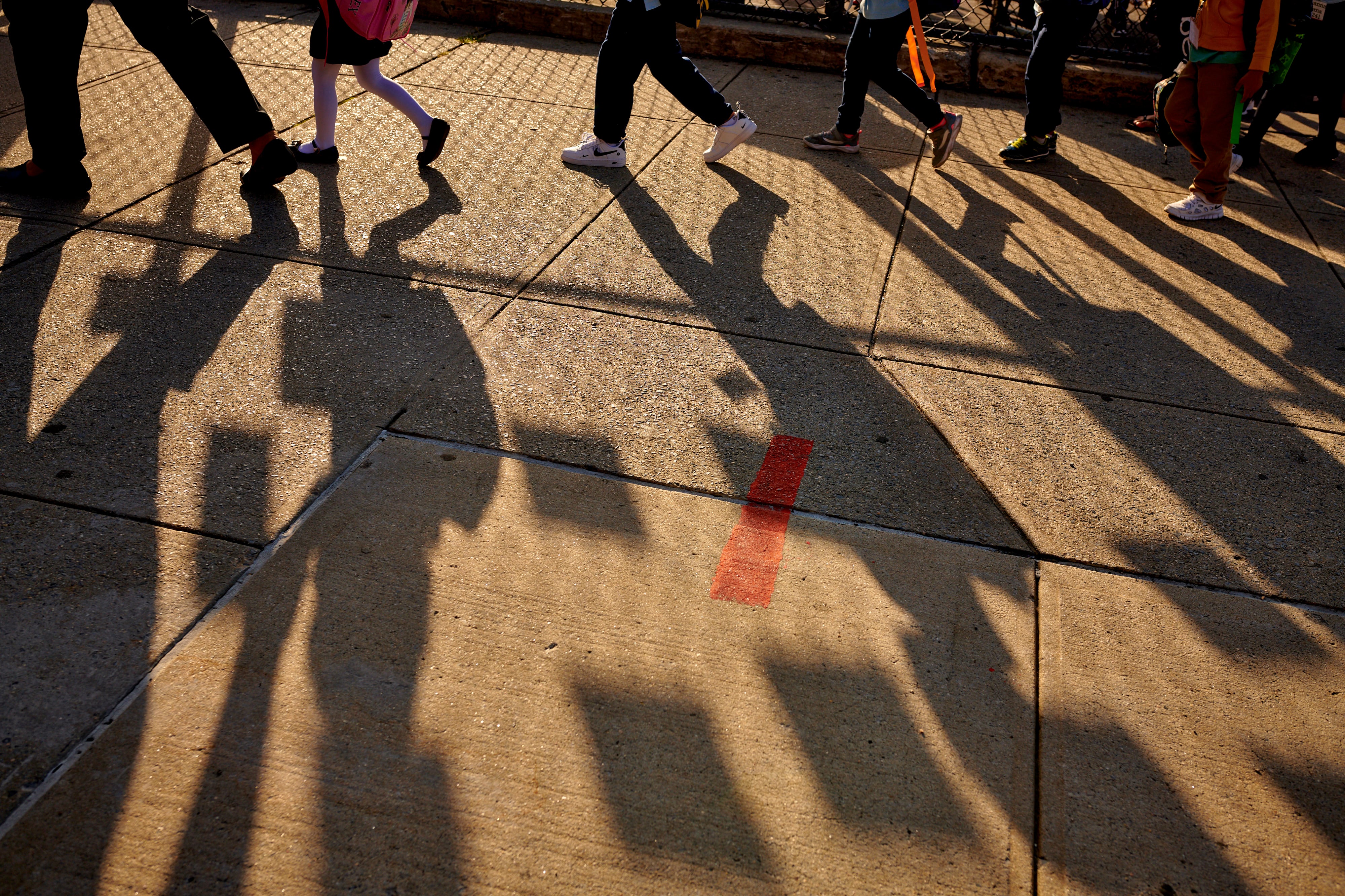Thirty-six percent of New York City public school students were chronically absent last school year, missing at least 10% of the school year, according to figures released by Education Department officials on Wednesday.
That represents a modest improvement compared with the 2021-2022 school year, which saw chronic absenteeism exceed 40%, the highest rate in decades.
Despite a year-over-year reduction, the figures are a stark reminder that absenteeism remains a stubborn challenge that will continue to complicate efforts to catch students up from years of pandemic-fueled disruptions.
Before the coronavirus forced school buildings to shutter, chronic absenteeism rates typically hovered closer to 25%. But absenteeism has surged in recent years, reaching 30% during the 2020-2021 school year, when students were allowed to learn virtually or in person.
Absenteeism exploded to roughly 4 in 10 students — or nearly 353,000 children — during the 2021-22 school year, the first time all children were required to attend school in person since March 2020. Coronavirus-related illnesses likely played a role, as hundreds of thousands of students and staff tested positive that year.
But even as there were fewer spikes in coronavirus cases last school year, the effects of the pandemic still reverberated. With student mental health concerns on the rise, some families struggled to coax their children to attend school. School staffers said caregivers were more likely to keep their children home at any sign of illness. And schools may also have struggled to re-engage students who grew accustomed to long stretches of remote learning and relaxed attendance expectations.
Whatever the cause, chronic absenteeism is often seen as a key metric of school performance, as missed school typically means missed learning. Absences can also hurt student achievement in the long run.
One Manhattan middle school principal said he was surprised to see persistent chronic absenteeism at his school last year, even as staff made an effort to reach out to families and offer prizes for high attendance.
“I was thinking [attendance] would come back, and it didn’t,” said the principal, who spoke on condition of anonymity. “There’s a much more pervasive sense that if my kid doesn’t go to school they can still do the work at home.”
The principal wished he had more resources available to hire additional social workers, conduct more home visits, or even fund for outside-of-the-box ideas like financial incentives for student attendance.
During a press briefing on Wednesday, city officials said they’ve made a few district-level tweaks to address chronic absenteeism, including giving superintendents authority over a cadre of attendance teachers deployed to schools with more acute absenteeism problems. They credited those efforts with helping to ease absenteeism last year.
Education Department officials also pointed to new high school programs that allow a small number of students to attend school virtually or on a hybrid schedule that includes some in-person learning.
First Deputy Chancellor Dan Weisberg said those schools were created specifically for students who might struggle in more traditional settings or who work jobs during the day and can benefit from additional flexibility. He said those programs are part of the city’s strategy to address chronic absenteeism, but also acknowledged the challenge is much broader.
“Chronic absenteeism is not just a problem in New York City,” he said. “This is a national problem in every large urban district — and many of the small ones.”
Alex Zimmerman is a reporter for Chalkbeat New York, covering NYC public schools. Contact Alex at azimmerman@chalkbeat.org.







